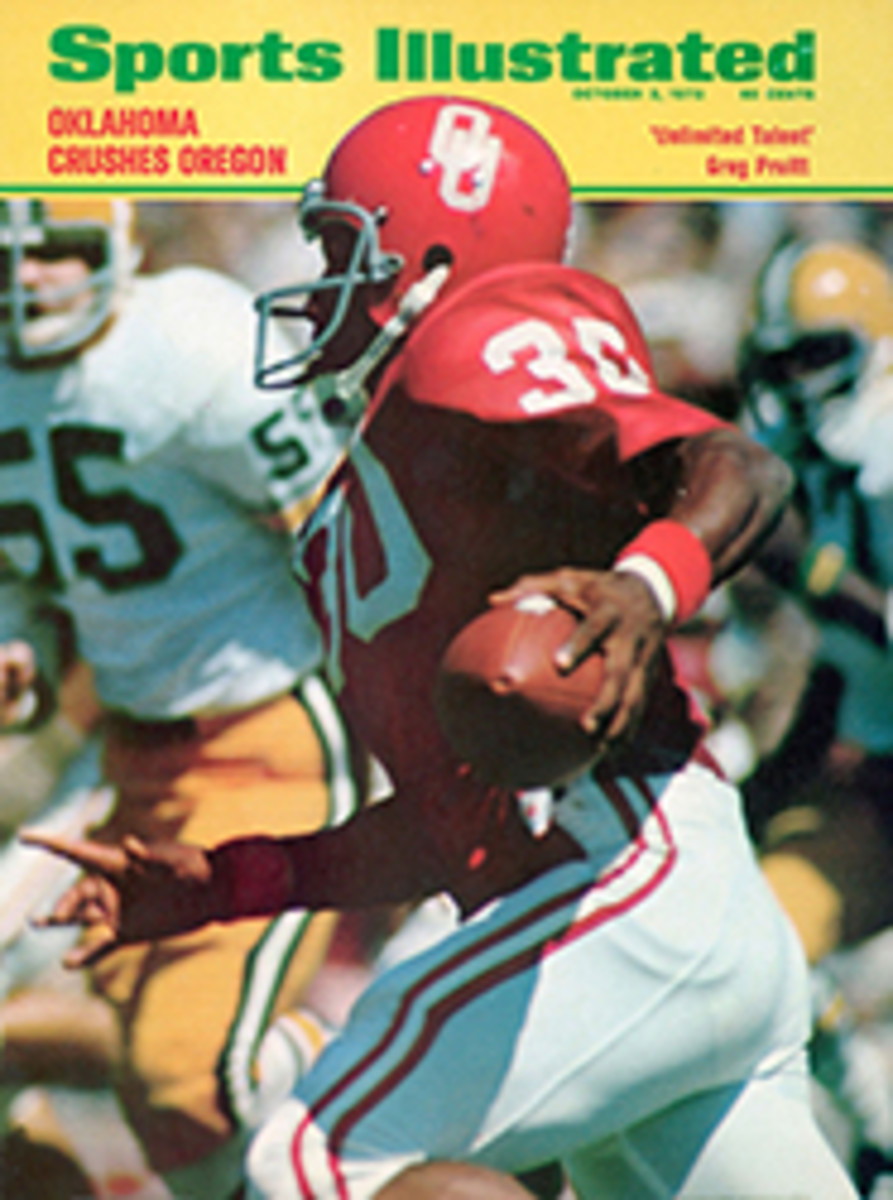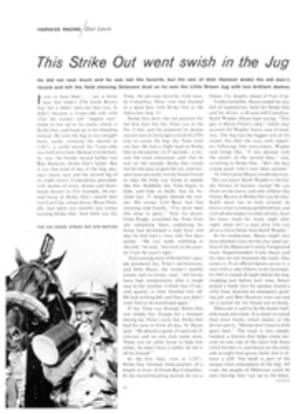
Carl Mays' biography describes how one errant pitch clouded an entire career
Carl Mays won 208 ball games in a 15-year big-league career, but he is remembered almost exclusively for a single pitch—the one that accidentally struck and killed Ray Chapman of the Cleveland Indians on Aug. 16, 1920. It remains the only on-the-field fatality in major league history, and it haunted Mays until his own death last year. His five 20-game seasons and a won-lost percentage of more than 60% have failed to dim the memory of the incident in the public mind. While several lesser contemporaries of Mays have been elected to the Hall of Fame, he has so far been shunned. "Nobody ever remembers anything about me except one thing," he once said. "That a pitch I threw caused a man to die."
In his pleasant, anecdotal biography of Mays, Baseball's Great Tragedy (Exposition Press, Jericho, N.Y., $6), Author Bob McGarigle has attempted a remedy. Through a kind of elongated interview, he provides a platform for Mays to tell his story in his own words and rehabilitate an image tarnished by several controversies during a stormy career. Despite his reputation, Mays comes across as a colorful, open and surprisingly articulate storyteller.
It was not always so. Mays' youth was as rocky as his career. He lost his father at the age of 10 and quit school after two years. This made him reluctant during his playing days to associate socially with his better-educated teammates and he soon earned a reputation as a loner. He was brutally honest, a fierce competitor and made enemies regularly on the field. He felt this accounted for the rejection he suffered over the Chapman pitch, and that if it had been, say, Walter Johnson (who hit more batters than anyone in baseball), the verdict would have been kinder.
The Chapman incident was, of course, an accident. Chapman was a notorious platecrowder, and Mays intended to pitch him low and away. But as Mays wound up, Chapman lowered his bat for a bunt attempt, so Mays threw the ball high and tight. Chapman ducked right into the pitch, fracturing his skull. He was dead by the morning. Reaction to the tragedy was immediate and extreme. Ty Cobb sent Mays a note that read: "If it was within my power, I would have inscribed on Chapman's tombstone these words: Here lies the victim of arrogance, viciousness and greed."
Mays finished out his career in Cincinnati, and after his retirement conducted baseball schools in the Pacific Northwest. Among the stars he helped develop was Johnny Pesky. When he died, however, his obituaries dwelt on a single fact: the high, inside fastball he fed Ray Chapman.

